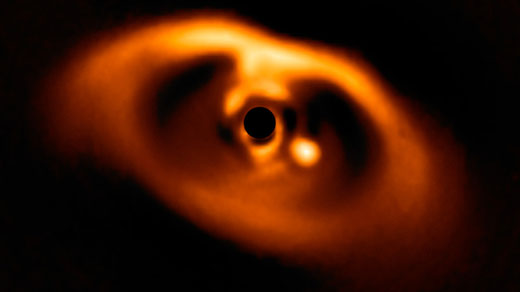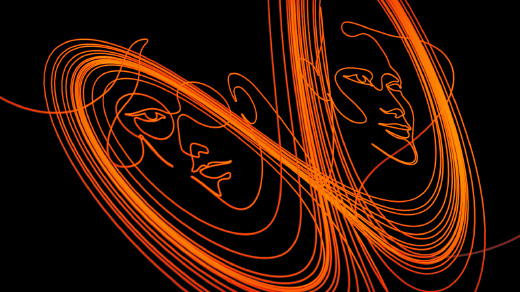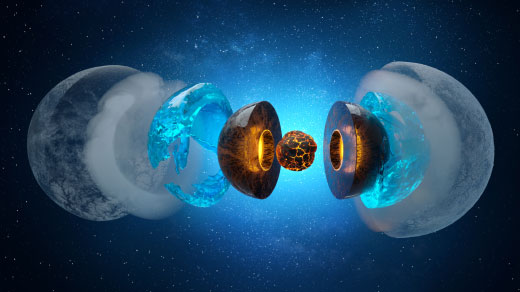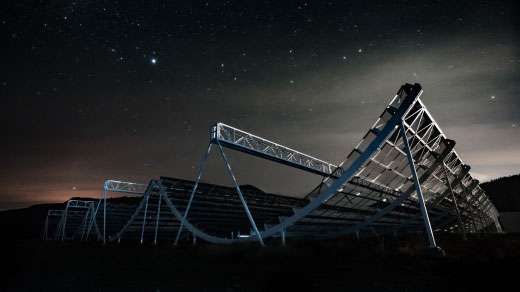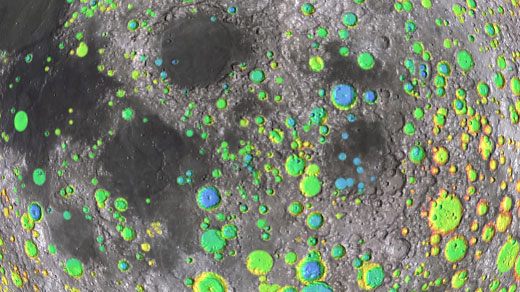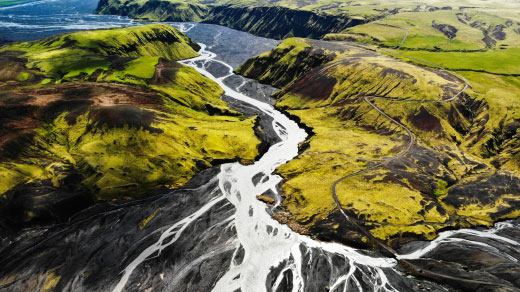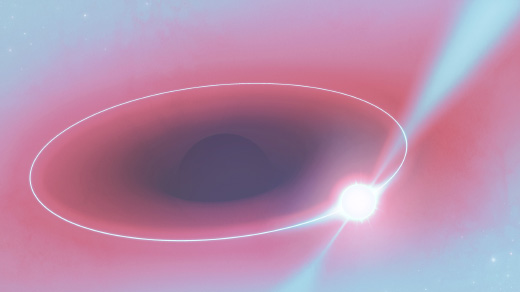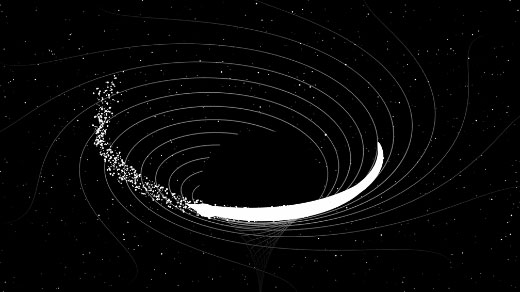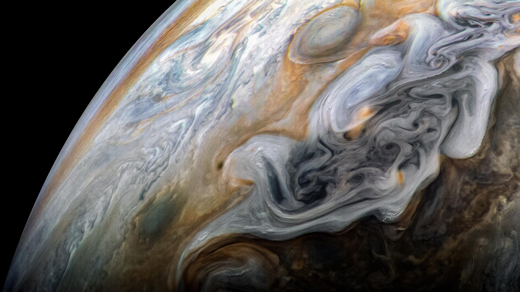Latest Articles
A Close Look at Newborn Planets Reveals Hints of Infant Moons
Astronomers have discovered a complex planetary system still swirling into existence.
The Hidden Heroines of Chaos
Two women programmers played a pivotal role in the birth of chaos theory. Their previously untold story illustrates the changing status of computation in science.
Black, Hot Ice May Be Nature’s Most Common Form of Water
A new experiment confirms the existence of “superionic ice,” a bizarre form of water that might comprise the bulk of giant icy planets throughout the universe.
With a Second Repeating Radio Burst, Astronomers Close In on an Explanation
Brief cosmic blips called fast radio bursts have puzzled astronomers since their discovery earlier this decade. Now researchers appear to be close to understanding what powers them.
Asteroid Rate Jumped in Solar System’s Past
An analysis of lunar craters has found that we’ve been living in a relatively violent period in cosmic history.
A Universal Law for the ‘Blood of the Earth’
Simple physical principles can be used to describe how rivers grow everywhere from Florida to Mars.
Astronomers Creep Up to the Edge of the Milky Way’s Black Hole
Hot spots have been discovered orbiting just outside the supermassive black hole at the galaxy’s center. Their motions have given us the closest look at that violent environment.
Star-Swallowing Black Holes Reveal Secrets in Exotic Light Shows
Black holes occasionally reveal themselves when passing stars get ripped apart by their gravity. These tidal disruption events have created a new way for astronomers to map the hidden cosmos.
Mathematicians Tame Turbulence in Flattened Fluids
By squeezing fluids into flat sheets, researchers can get a handle on the strange ways that turbulence feeds energy into a system instead of eating it away.

